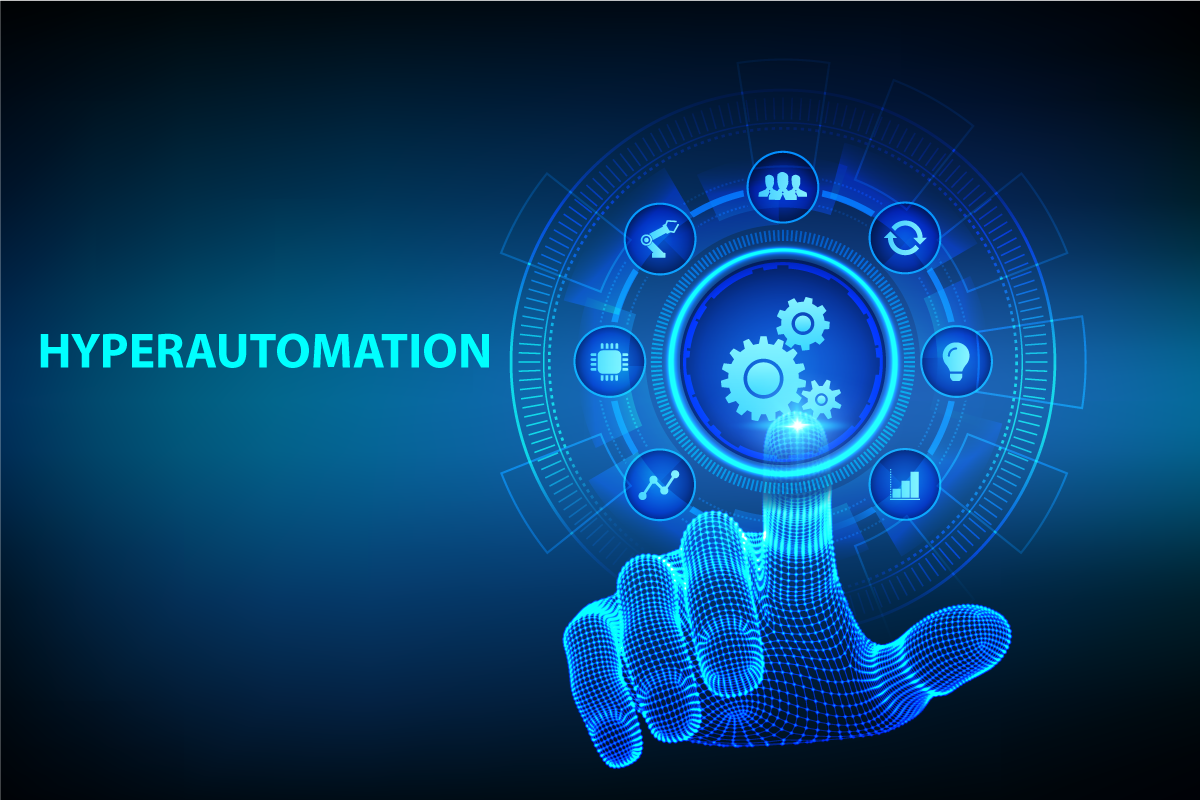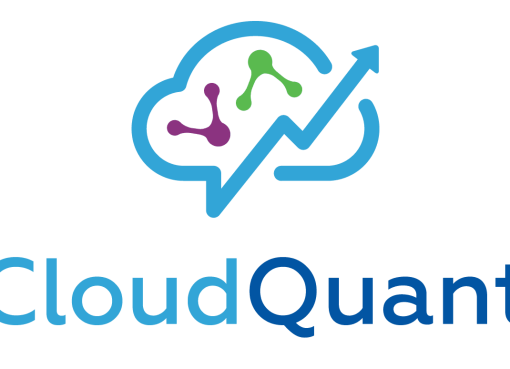In recent years, automation has become an increasingly important aspect of business operations. From Robotic Process Automation (RPA) to Machine Learning (ML) and Artificial Intelligence (AI), companies are looking for ways to automate their processes and increase efficiency. However, with the advent of HyperAutomation, businesses can now take automation to the next level.
Table of Contents
What is HyperAutomation?
HyperAutomation is a term coined by Gartner to describe the combination of multiple automation technologies, including RPA, ML, and AI, to automate complex business processes. This means that instead of automating individual tasks, HyperAutomation automates entire workflows, end-to-end, including the decision-making process.
It involves the use of advanced technologies, such as Natural Language Processing (NLP), Optical Character Recognition (OCR), and Data Analytics, to enhance the capabilities of RPA, ML, and AI. This enables businesses to automate not only repetitive tasks but also complex, cognitive tasks that require human intervention.

Benefits of This Automation Technology
HyperAutomation offers several benefits for businesses, including:
- Increased Efficiency: By automating complex business processes, it can significantly increase efficiency and reduce the time and resources required to complete tasks.
- Improved Accuracy: Automation reduces the risk of human error and improves accuracy, which can help to prevent costly mistakes.
- Better Customer Service: By automating tasks such as data entry and processing, businesses can free up their staff to focus on more customer-facing tasks, such as providing personalized service and support.
- Cost Savings: By reducing the need for manual labor, it can lead to significant cost savings for businesses.
- Enhanced Decision-Making: With the ability to automate the decision-making process, HyperAutomation can help businesses make more informed and data-driven decisions.
Applications of HyperAutomation
HyperAutomation can be applied across a wide range of industries and business processes. Some examples include:
- Finance: HyperAutomation can be used to automate financial processes, such as invoice processing, payment processing, and financial reporting.
- Human Resources: HyperAutomation can automate HR processes, such as resume screening, interview scheduling, and employee onboarding.
- Manufacturing: It can be used to automate the manufacturing process, from production planning to quality control and supply chain management.
- Healthcare: HyperAutomation can be used to automate healthcare processes, such as patient intake, appointment scheduling, and medical billing.
- Retail: It can be used to automate retail processes, such as inventory management, order fulfillment, and customer service.

Challenges of HyperAutomation
While HyperAutomation offers several benefits for businesses, there are also some challenges that need to be addressed. These include:
- Integration: Integrating multiple automation technologies can be complex and require significant resources and expertise.
- Data Management: HyperAutomation relies on accurate and high-quality data. Ensuring that data is clean, consistent, and reliable can be a challenge.
- Workforce Adaptation: HyperAutomation can lead to job displacement and require businesses to retrain their workforce for new roles.
- Security: With increased automation comes increased security risks. Businesses need to ensure that their systems are secure and that sensitive data is protected.
The Future of HyperAutomation
The future of HyperAutomation looks promising, with the technology set to transform business operations in several ways. Here are some of the ways that it is likely to shape the future of business operations:
- Intelligent Automation
HyperAutomation is evolving from being rule-based to intelligent automation, where automation systems can understand natural language and recognize patterns in data. This will enable businesses to automate complex processes that require cognitive capabilities such as decision-making, problem-solving, and pattern recognition.
- Better Customer Experience
HyperAutomation will play a significant role in enhancing the customer experience by enabling businesses to automate customer-facing processes such as customer service, support, and engagement. By automating these processes, businesses can provide faster and more personalized service to their customers, resulting in increased customer satisfaction and loyalty.

- Real-Time Decision-Making
It will enable businesses to make real-time decisions by automating decision-making processes. This will enable businesses to respond faster to changing market conditions, customer demands, and other business factors.
- Industry-Specific Applications
HyperAutomation will enable businesses to develop industry-specific applications that cater to the unique needs of different industries. For example, in the healthcare industry, it can be used to automate patient care processes such as appointment scheduling, medical billing, and prescription refills.
- Integration with Emerging Technologies
It will integrate with emerging technologies such as the Internet of Things (IoT), blockchain, and edge computing, enabling businesses to automate and manage their operations more efficiently.
In conclusion, HyperAutomation has emerged as a powerful tool for transforming business operations by automating complex workflows and decision-making processes with the help of advanced technologies such as AI, RPA, and ML.




![HOW TO FIX [pii_email_3d2864849aef8524a0cb] IN 2021? pii errors](https://thenewsgear.com/wp-content/uploads/2021/09/pii-error-510x369.jpg)
